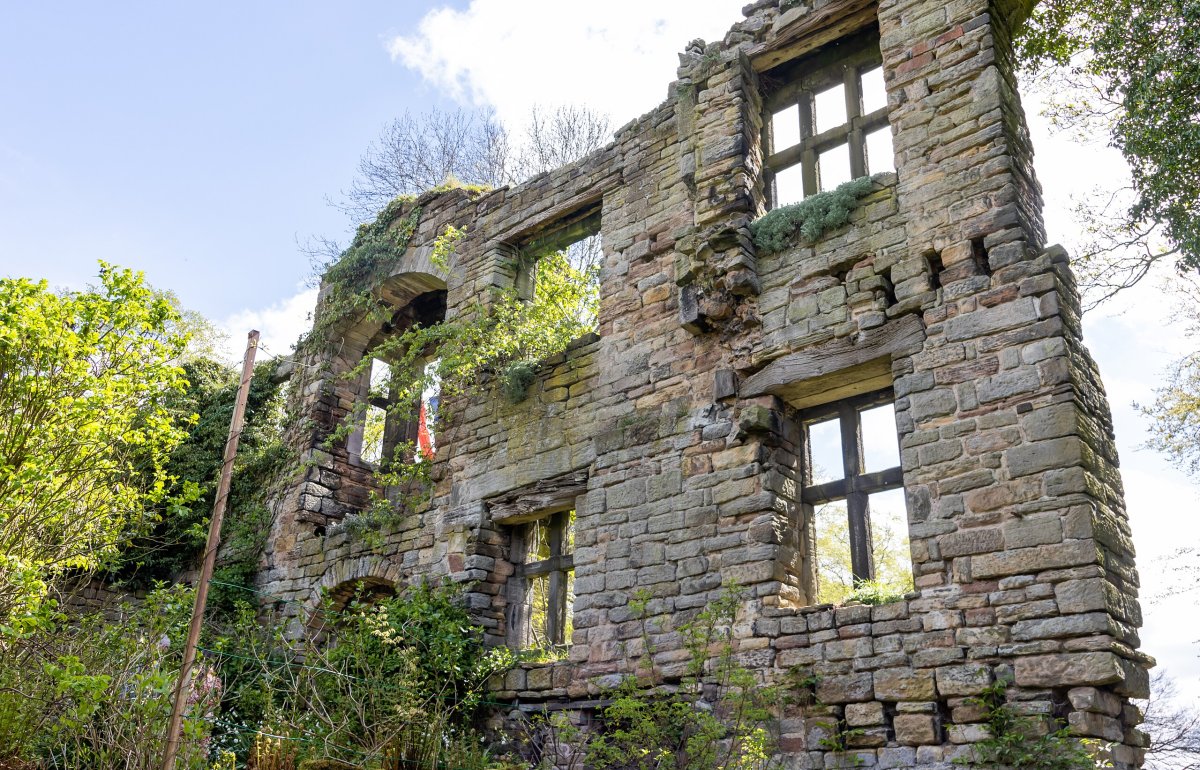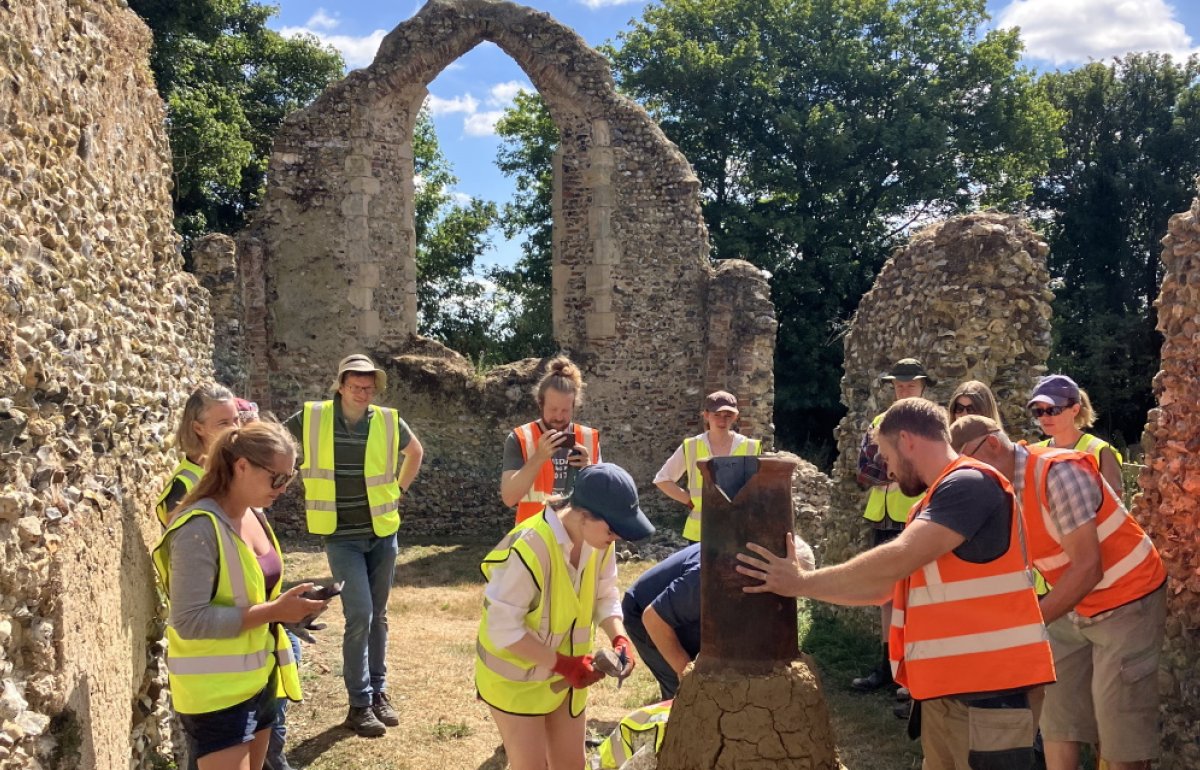How the Internet and a Big Pile of Rubbish Saved the Spitalfields Charnel House
Share on:
Rachel Stoplar, Communications Manager, explores the many guises of the Spitalfields Charnel House – from resting place to rubbish tip – and why it has the internet to thank for its survival.
If you’ve ever lived in an old house, you’re probably familiar with – and fond of – its quirks. The wonky bits; the bugs that might occasionally visit; the curious bits and bobs you find in the attic. But living with a pile of actual human bones in the pantry? A quirk too far for many of us, yet that’s exactly what past inhabitants of a curious corner of Spitalfields did...
On a cold, dark Halloween evening, SPAB London Group members were treated to a suitably spooky tour of the Spitalfields Charnel House ruins, just round the corner from SPAB HQ. Dr Jane Sidell of Historic England took us through its rollicking history – from its medieval origins to its rediscovery in 1999.
A charnel house is a consecrated vault or building where human bones are stored until the Day of Judgement. The one in Spitalfields dates from the early 14th century – very little else survives in London from that time. The Spitalfields Charnel House was originally associated with the even older Priory of St Mary Spital, founded in the late 12th century, and traces of paint on one of its Romanesque arches probably date from this earlier period.
The Dissolution of the Monasteries in the mid 16th century meant the building could no longer be used as a priory, so it was recycled into a domestic house, with the underground charnel house transformed into a kitchen. This is the point at which you might imagine the inhabitants would do a spring clean to remove extraneous objects, such as human bones. Fortunately for modern-day archaeologists, they took ‘preserving historic fabric’ to another level and were content to chop their vegetables and prepare their stews in a room shared with the dead. More than 10,000 buried human remains were found when it was rediscovered over 500 years later – the largest single such excavation in Britain.
The Spitalfields Charnel House survived the Reformation by becoming a house. It survived the following centuries by becoming a rubbish bin – specifically, a repository for some of the enormous quantities of rubble that the Great Fire of London of 1666 left in its wake. And so it lay, entombed and undisturbed, until Norman Foster arrived in 1999, ready to redevelop this prime bit of real estate on the edge of the City. The space above was destined to become a giant trading floor, where men in suits would shout at each other and at giant brick phones. The Charnel House faced its greatest challenge yet.
Fortunately, another miracle struck – the invention of the Internet. Gone was the need for stockbrokers to stand in a large room to do business – it could be done online. The plans were changed, the site was preserved in-situ (wrapped in bubble wrap, no less), and now you can visit this extraordinary survivor of London’s history, hidden just a few steps below the gentrified stalls of Spitalfields Market.
We can’t thank Dr Jane Sidell enough for showing us around by torchlight on a dark winter’s evening, telling us the story of London’s living and its dead, and the hidden history quite literally beneath our feet.
Sign up for our email newsletter
Get involved


